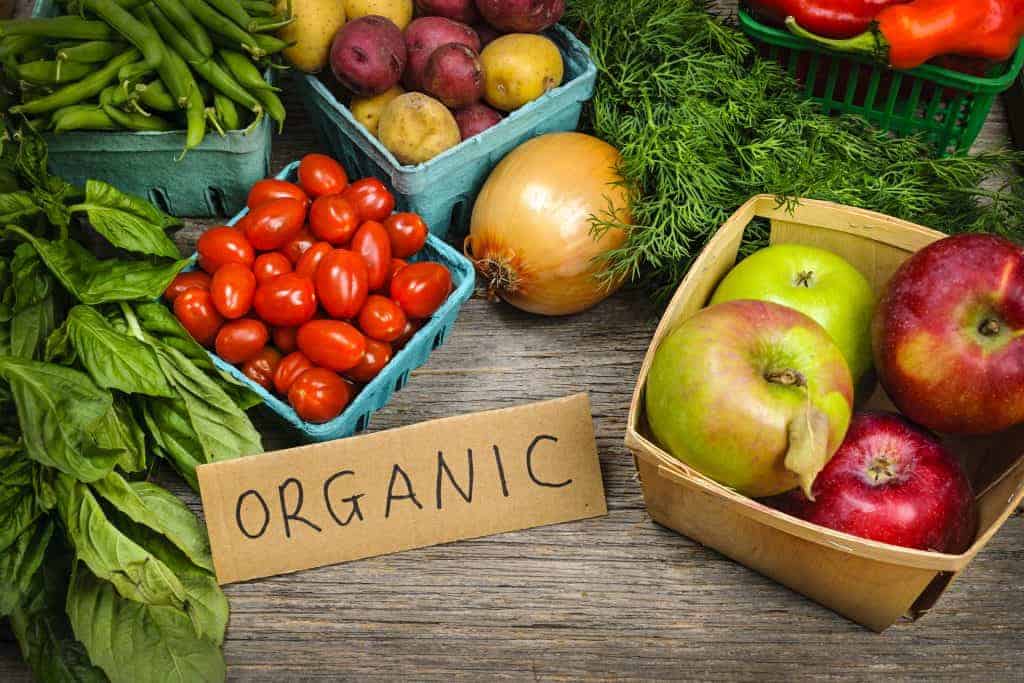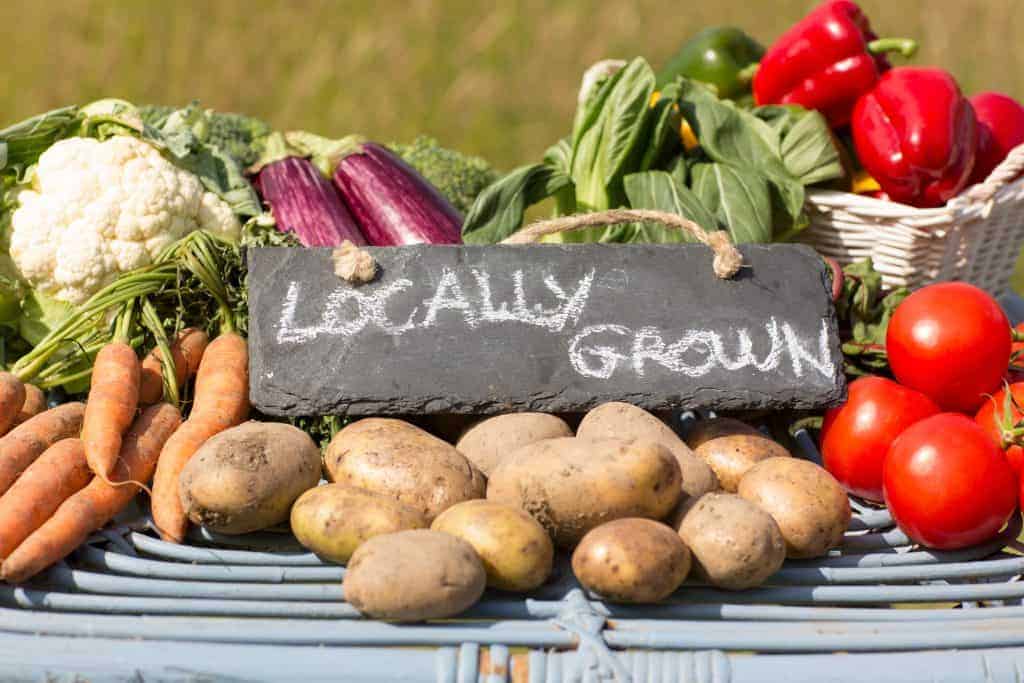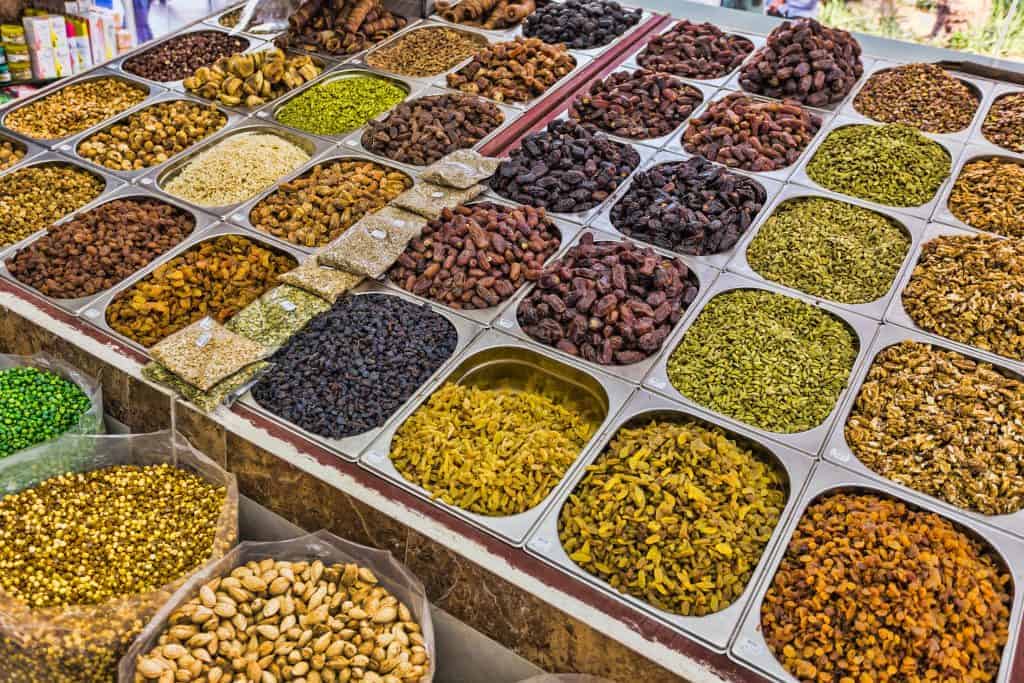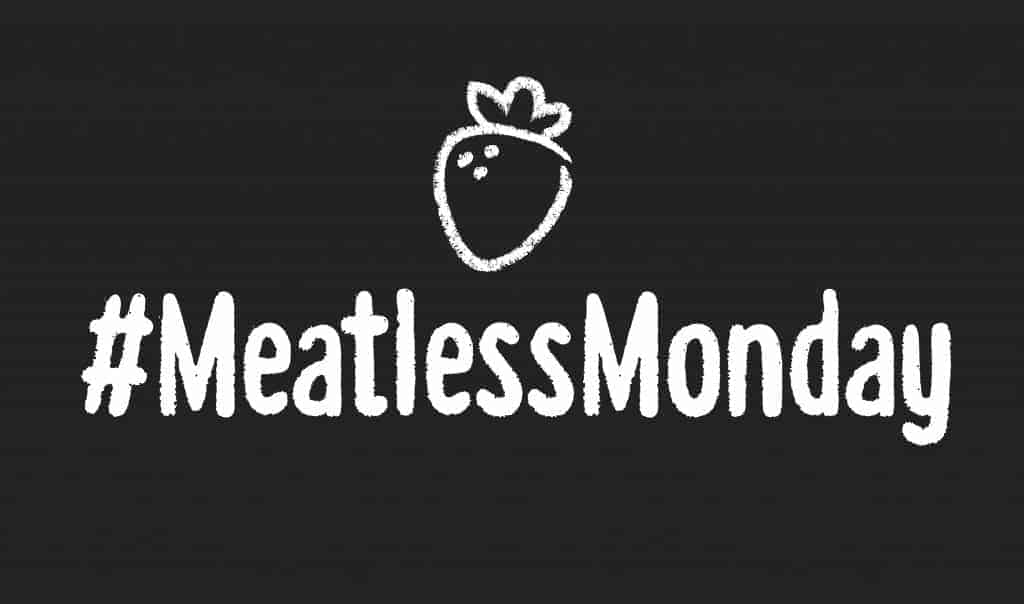Your heart and your head may be saying YES to organic, especially after reading these 10 convincing reasons, but your wallet might be suggesting otherwise. We get it. But as we said earlier, when you buy more organic, more organics will be produced, and as the demand goes up, the price will come down. But for the record, it’s also not as pricey as it seems!
The 2017 Environmental Working Group’s annual lists of the Dirty Dozen and the Clean Fifteen have arrived!
If these are new to you, they are extremely helpful guides to have when navigating how best to use your grocery budget.
The most pesticide-laden produce, The Dirty Dozen, are conventionally grown fruits and vegetables that have been tested and found to contain the most chemical residues, and should be avoided if at all possible. More than 98 percent of samples of strawberries, spinach, peaches, nectarines, cherries, and apples tested positive for residue of at least one pesticide. Look for organic options if you want to enjoy these fruits and veggies.

Avoid The Dirty Dozen
- Strawberries
- Spinach
- Nectarines
- Apples
- Peaches
- Pears
- Cherries
- Grapes
- Celery
- Tomatoes
- Sweet Bell Peppers
- Potatoes
The USDA found 178 different pesticides on the conventionally grown produce samples that were analyzed! Pesticides and other chemicals and hormones which come from conventionally grown products can’t just be washed off, according to research and analysis of washed, and even peeled samples.
If you can buy all organic, all the time, great but if that is too limiting either because of budget or the choices available, check out the Clean Fifteen.
The Clean Fifteen is a list of conventionally farmed produce which has been found quite to have extremely low levels of pesticide residues, and can more safely be consumed from a non-organic source:
Know The Clean Fifteen
- Sweet Corn
- Avocados
- Pineapples
- Cabbage
- Onions
- Sweet Peas
- Papayas
- Asparagus
- Mangos
- Eggplant
- Honeydew Melon
- Kiwi
- Cantaloupe
- Cauliflower
- Grapefruit
Organic farming uses less energy, results in less damage to the environment, and is more profitable to farmers, So choose organic options when you can, especially when shopping for the items on The Dirty Dozen and stretch your dollar by using the Clean Fifteen options when you can’t. You can print the lists or even get a handy bag tag from EWG if you think you might have trouble remembering.
And, here are 3 additional tips for how to make organic living affordable.
Join CSAs
Farmer’s markets and festivals are popping up all over the world, and are growing in droves each year. Another growing trend is Community Supported Agriculture (CSA). It is like a farmer’s market on wheels. CSA is a program that provides residents with direct access to regional farmers so they can purchase the freshest local produce. From June until November, farmers will deliver in-season produce at drop-off locations within your neighborhood.
The way this program works is that members pay upfront for the cost of the whole season. This allows your farmer to plan accordingly. They can make better judgment on how much seed to buy, which equipment needs repair, and if any irrigation systems need to be updated.
Deliveries are usually made weekly or bi-weekly. A lot of the prices vary, depending on the plan you choose, which is usually based on household size. You can usually add products, such as eggs and milk à la carte to your delivery for an additional fee.

Buy in Bulk
Wholesalers are stepping up their organic game in a big way. As a matter of fact, popular discount food store, Aldi, announced that as of January 2017, they are going to supply organics; Costco, Walmart, and Kroger are huge suppliers of organics, too! And while we would more strongly suggest checking out a local organic market or coop, online options and larger chain stores are good options if you don’t have access to good, local options.
- Take advantage of BOGO sales. Especially when it comes to buying meats.
- Do buy the whole chicken and cut it up, freezing other parts of the body for future use in soups or stocks. It’s far cheaper than buying them already cut up.
- Do buy oats, grains, nuts – things that don’t go bad quickly in bulk. However, things like spices lose their nutritional value quickly after opening. Buy smaller packets of spices, and other time-sensitive food purchases, rather than in bulk so you don’t waste. In the end, you will save more money and add fewer needless waste into landfills.

Reduce Meat and Dairy
We know. Boo-hoo. As we mentioned before, you can buy the whole animal and freeze what you don’t use to save some dough. But you don’t need to eat as much – if any – animal-derived protein. We all get too much protein as it is. We need 46-56 grams of protein a day. On average, Americans eat 70-100. Almost double that amount!
Cut down the serving of meat you normally give yourself, and substitute the rest with organic beans, grain, or veggies. Have fun with it! Make Meatless Mondays a thing to look forward to in your household. Don’t look at this as a bad thing. Sometimes breakups are the best for everyone.

So now get out there and Go Organic!
Now that you know the ins and outs of why we all can afford to live a more organic lifestyle, the next step is to go out and do it! Five days of organic eating, home, and personal care can rid many pesticide residues from your body. Notice the changes your body, mind, and energy levels go through in your journey. Embrace them. Going organic is an investment in your health. And buying organic is an investment in the economy, in yourself, and in the future of our planet.
